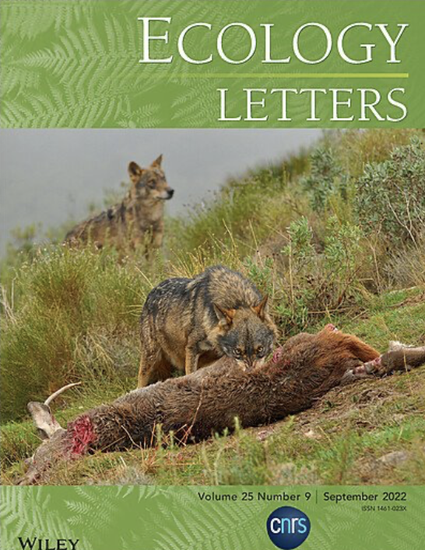
Article
Modern two-layer hypothesis helps resolve the ‘savanna problem’
Ecology Letters
(2022)
Abstract
For over a century, deep roots have been assumed to allow trees to avoid competition with grasses (i.e., the two-layer hypothesis). Yet, in part because it remains difficult to measure water uptake in the field, there has been a shift in savanna ecology away from the two-layer hypothesis and towards alternative explanations of tree-grass coexistence. Here, we combine hydrologic tracer experiments and soil water flow models to demonstrate how the distribution of active roots affects water uptake across a range of savanna conditions. Grass roots were shallower and provided pre-emptive access to enough soil water to allow nearly continuous grass cover, but slightly deeper roots provided trees with more total water under most conditions. This ‘some water now or more water later’ tradeoff varied with precipitation amount, soil texture, and tree and grass relative root abundance in ways that helped explain tree and grass landscape abundance.
Disciplines
Publication Date
2022
DOI
https://doi.org/10.1111/ele.14067
Citation Information
Karen H. Beard. "Modern two-layer hypothesis helps resolve the ‘savanna problem’" Ecology Letters Vol. 25 Iss. 9 (2022) p. 1952 - 1960 Available at: http://works.bepress.com/karenh_beard/396/
